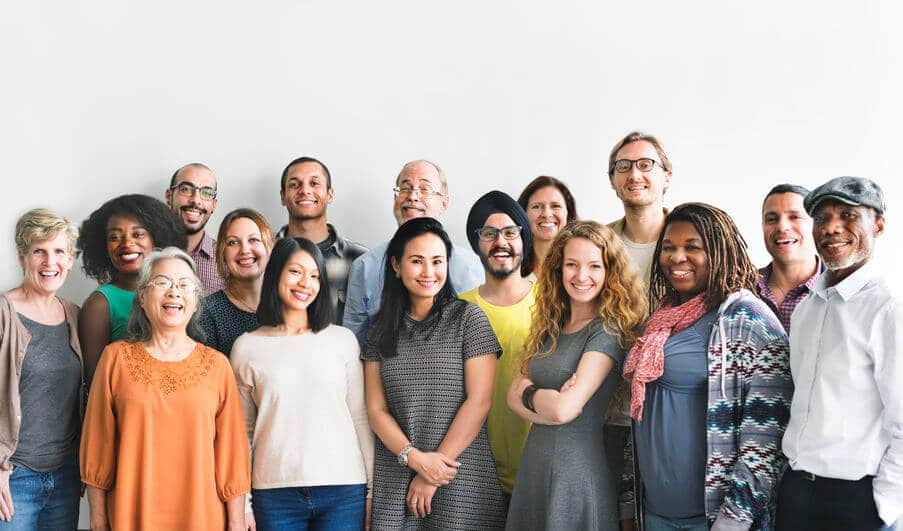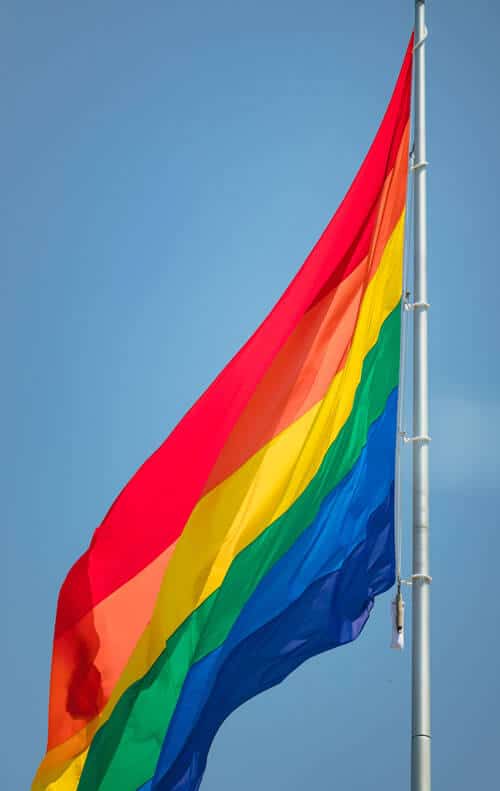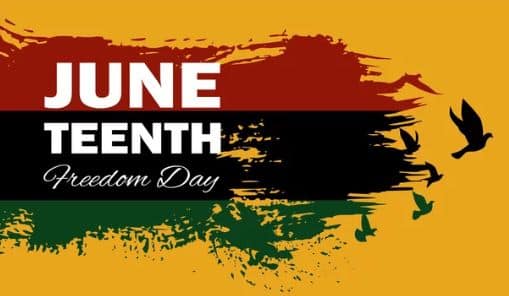
Diversity, Equity & Inclusion
Land of Lincoln Goodwill Industries (LLGI) has a long history of supporting those with unique needs and disabilities. Our priority is to ensure that diversity, equity, and inclusion remains prevalent within our organization and our workforce. We encourage you to check this page regularly as we update our work and activities embracing diversity at LLGI.
Pride Month: Honoring Identity, Advancing Inclusion
June is Pride Month, a time to celebrate the LGBTQ+ community and honor the history, resilience, and contributions of those who have fought for equality and visibility.
Pride is more than a celebration, it’s a reminder of the ongoing work required to ensure that everyone, regardless of sexual orientation or gender identity, feels safe, respected, and empowered to live authentically. While progress has been made, many LGBTQ+ individuals still face discrimination in the workplace and beyond.
At LLGI, we believe inclusion means more than just acceptance, it means advocacy, allyship, and creating a culture where everyone feels they belong. We are committed to fostering a workplace where LGBTQ+ employees are supported, represented, and valued every day of the year.
This month, we invite all employees to learn more, listen deeply, and uplift LGBTQ+ voices. Whether through participation in Pride events, sharing stories, or simply being an active ally, each of us has the power to make a difference.
Happy Pride Month from all of us at Land of Lincoln Goodwill Industries, Inc.

Honoring Juneteenth: A Celebration of Freedom and Reflection
June 19, known as Juneteenth, marks the day in 1865 when enslaved African Americans in Galveston, Texas, were finally informed of their freedom, more than two years after the Emancipation Proclamation was signed. It is the oldest nationally celebrated commemoration of the end of slavery in the United States.
Juneteenth is a time to celebrate Black freedom, culture, and achievement. It is also a moment for reflection on the injustices of the past, the systemic inequities that persist today, and the work still ahead in the pursuit of racial justice.
At LLGI, we honor Juneteenth by recognizing the strength and resilience of the Black community and reaffirming our commitment to diversity, equity, and inclusion. We believe that building a more just and equitable workplace and society requires continuous learning, honest conversations, and bold action.
As we celebrate this important day, we invite everyone to take time to learn about its significance, listen to Black voices, and consider how we each can contribute to a more inclusive future.

